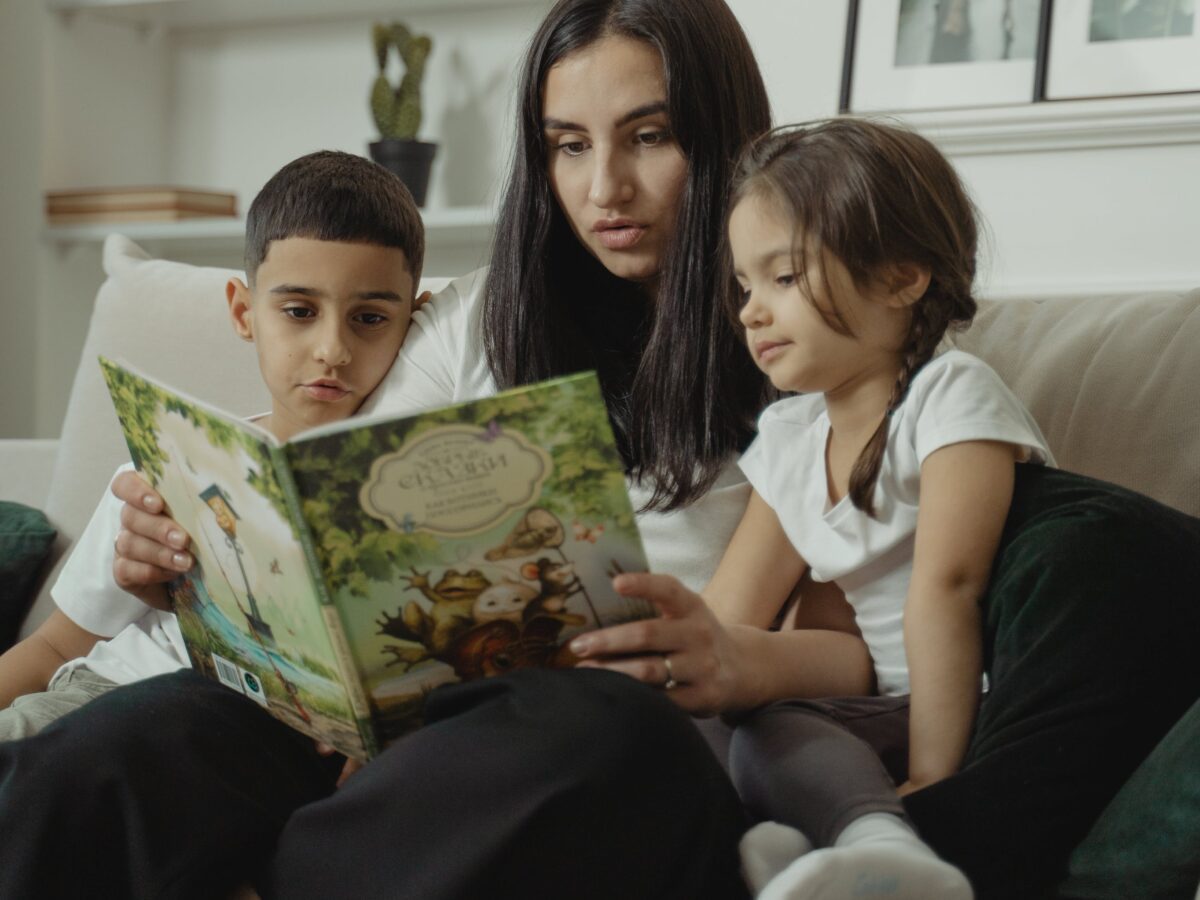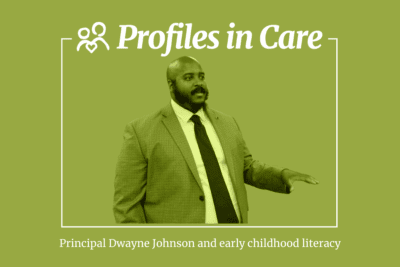
Editor’s Note: This article was previously published by The Thomas B. Fordham Institute as an entry in Fordham’s 2025 Wonkathon, which asked contributors to answer this question: “What needs to happen next — at the state, district, and school levels — for the science of reading revolution to fulfill its promise and ensure that far more children learn to read well?”
We want children to learn to read well across a range of contexts — from literal (e.g., how-to guide to build a butterfly garden) to deep (e.g., article about changes in Monarch butterfly populations in National Geographic). Too many children don’t develop sufficient skills to move beyond shallow comprehension.
Over the past twenty years, researchers have discussed a key insight about reading skills. Two types of skills are involved in becoming proficient in reading. Both types are vital but develop differently. A review of data over the past 25 years strongly implicates one of these skill types as the bottleneck to improved reading scores. This insight has not yet made its way from academic journals into mainstream conversations about helping more children learn to read.
Two types of skills, two developmental pathways
Constrained skills are learned mostly in classroom settings. They involve limited amounts of information with clear, universal benchmarks for mastery. These skills are relatively straightforward to teach and assess. Unconstrained skills develop more slowly and are learned both inside and outside of school. They involve broad amounts of information. There are no universal benchmarks for mastery; there is always room to learn more. These skills are not as straightforward to teach and assess.
Current reading science identifies four interactive clusters of skills that support reading comprehension: executive function, word recognition, listening comprehension, and knowledge. One of these skill groups — word recognition — is constrained. The other three groups are unconstrained.
| Constrained skills | Unconstrained skills |
| Word recognition skills: Letter knowledge, print concepts, phonological awareness, phonemic awareness, rhyming, phonics, decoding, sight words, reading fluency | Comprehension skills: Oral language, vocabulary, grammar, syntax, inference, reasoning, comprehension monitoring, perspective taking, listening comprehension, reading comprehension Executive skills:1 Working memory, attention switching, attention control, inhibition control, monitoring, social understanding, organization, planning Knowledge:2 World, domain, content, text structure, cultural, linguistic, principled, strategic, multimodal, multiple text use, conditional |
Strong readers develop capacity across all four skill clusters. Constrained skills develop from direct instruction. Unconstrained skills develop from direct and indirect instruction and experiences. On the whole, constrained skills receive much more attention in efforts to improve reading. Viewed through the perspective of skill type, the next steps in the science of reading movement lead down a different path than what otherwise might be expected.
A key challenge: unconstrained skills
Skill is the capacity to think and act in an organized way in a specific context.3 “Context” means many things at once: the physical environment, emotional state, social support, domain or subject area, and the specific task involved. Motivation is important. Up close skill building is messy. It’s a cycle of building, collapse, and rebuilding. Change the context, change the skill. Skills learned in one context are relearned in another. Over time, skills become learned, overlearned, integrated with other skills, and mastered across multiple contexts.
A review of national data over the past 25 years finds most children appear to master constrained reading skills in elementary school. The major challenges are reducing skill gaps at school entry and shortening the time it takes some children to reach proficiency. Good early instruction and intervention can accelerate mastery of these skills.
Unconstrained skills pose a greater challenge. Gaps in unconstrained skills do not appear to close in elementary or middle school. In fact, these gaps appear to widen. On average, proficiency in unconstrained skills appears lower than constrained skills across all student groups. We can’t solely point to screens and technology as the cause. These trends precede what Jonathan Haidt calls the rise of the phone-based childhood. Researchers have long called for greater focus on unconstrained skills.
What researchers have discovered
Researchers explicitly studied the impact of increased instructional focus on unconstrained skills. They find achievement gaps could be reduced in pre-K classrooms by more exposure to unconstrained language (and math) instruction. This echoes experimental research in elementary classrooms which finds optimizing the balance between word reading (constrained) and comprehension (unconstrained) instruction by individual students needs dramatically increased third grade reading results.4
Outside the classroom, researchers find more frequent engagement by parents and caregivers in unconstrained language (and math) activities at home contributed to classroom gains in pre-K classrooms. (They find no benefit from additional time in constrained skill activities at home.) This is reinforced by multiple studies over many years that find shared reading at home (an unconstrained learning activity) has positive benefits on children’s reading outcomes in elementary school.
Community organizations have an important role to play. Experimental studies find well-designed experiences in “everyday places and spaces” such as zoos, aquariums, and museums can develop unconstrained skills like vocabulary and knowledge. In general, researchers find active learning and “supervised practice” help children learn and apply new skills.
Many popular extracurricular activities — sports, arts, theater, music, dance, gymnastics, Scouting — have these skill building traits. These activities routinely build skills in a manner that is sequenced, active, focused, and explicit. Researchers find after school and summer programs that exhibit these “SAFE” characteristics are effective in building a range of skills that impact motivation, behavior, grades, and standardized test scores.5
![]() Sign up for the EdWeekly, a Friday roundup of the most important education news of the week.
Sign up for the EdWeekly, a Friday roundup of the most important education news of the week.
What needs to happen next
Both constrained and unconstrained skills are critical for reading success. Yet, the bottleneck for increasing the number of children who read well is mainly found in unconstrained skills. The challenge for states, districts, and schools is to orchestrate opportunities for development of both types of skills inside and outside of the school building.
School age children in the United States average roughly 30 hours each week in school. Setting aside time for sleep and meals, this leaves another 60 hours outside of school every week. To ensure far more children learn to read well, we need to leverage as much of the entire 90 hours as possible to build unconstrained skills inside and outside of school.
This solution is both hard and simplistic. Schools have to do part of the work but can’t succeed entirely on their own. Education systems must partner with families and community groups to develop a skill building agenda across the classroom, community, and home. The challenge and opportunity is to build child-serving systems that strategically align formal education with informal learning.
Alignment means integrating and leveraging the best parts of both worlds to intentionally accelerate children and youth’s development of constrained and unconstrained skills simultaneously. This means connecting learning in formal classroom settings with hands-on and experiential learning activities in informal settings driven by students’ interests and curiosity. The Forum for Youth Investment’s QuEST theory of change and Policy Studies Associate’s Out-of-School Time (OST) Observation Instrument may be helpful resources for design and implementation.
The potential benefits from such an effort extend beyond reading. Many of the unconstrained skills that support reading also support mathematics. (Math has its own domain-specific unconstrained skills as well.) These foundational unconstrained skills are the building blocks for the more complex, deeper learning, durable, and transportable skills encapsulated in state- and district-level portraits of a graduate. While schools have a key role to play, so do families and community organizations.
- This list of executive skills comes from Cartwright, K. B. (2023). Executive skills and reading comprehension: A guide for educators. The Guilford Press. ↩︎
- This list of types of knowledge comes from Hattan, C., & Lupo, S. M. (2020). Rethinking the role of knowledge in the literacy classroom. Reading Research Quarterly, 55, 283–298. ↩︎
- This definition comes from Immordino-Yang, M. H., & Fischer, K. W. (2010). Neuroscience bases of learning. In V. G. Aukrust (Ed.), International encyclopedia of education (3rd Edition, pp. 310–316). Elsevier. ↩︎
- After three years, the students in this study on average were reading at a fifth grade level by the end of third grade. ↩︎
- Durlak, J. A., Weissberg, R. P., & Pachan, M. (2010). A meta-analysis of after-school programs that seek to promote personal and social skills in children and adolescents. American Journal of Community Psychology, 45(3), 294–309. ↩︎
Recommended reading



